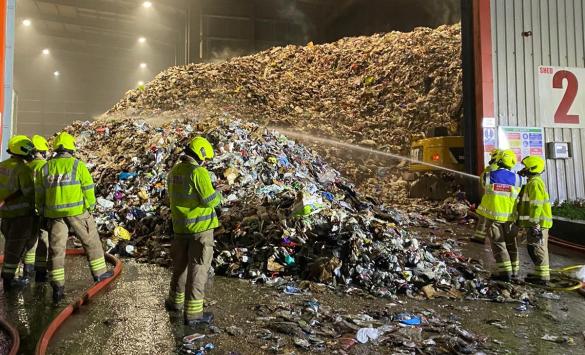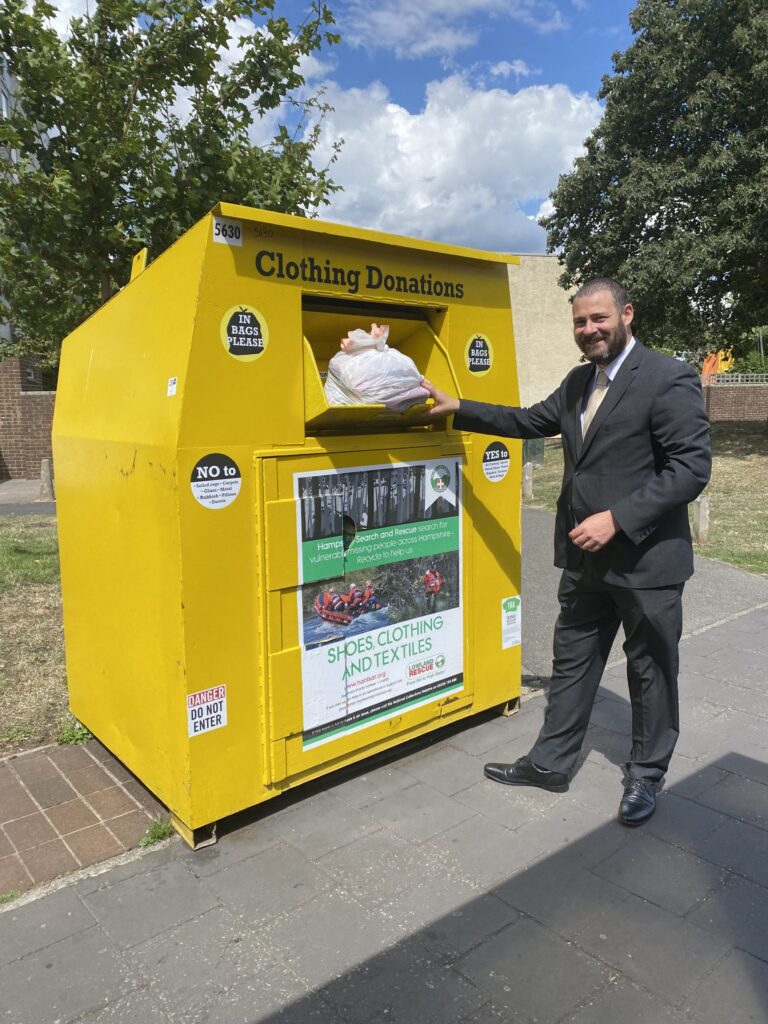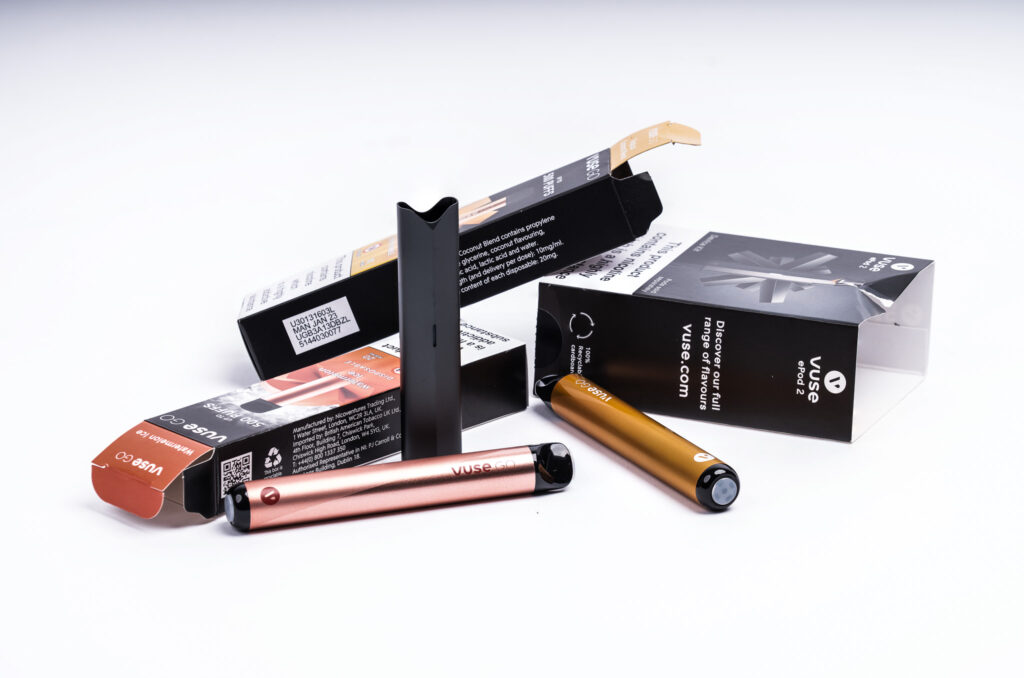Until now offices could mix in a few tubes with their general waste and no separate collection or notification was required. Now, senior waste industry figures are warning that with the new rules, the Environment Agency “is turning every commercial premises into a hazardous waste producer.”
The rules come from the Environment Agency's process management division which has just published a guidance paper on hazardous waste classification and fluorescent tubes.
Code 20 01 21
This explains that separately collected fluorescent tubes are identified as hazardous waste under the European Waste Catalogue and should be given the code 20 01 21.
The agency advises that the fluorescent tubes should be collected separately from general office waste and not mixed with other wastes. Currently large volumes of tubes are already normally collected separately and disposed of as hazardous waste or sent for recycling. But, the Agency note means that even one tube in a skip of general office waste renders the whole skip having to be handled as hazardous waste unless the tubes are separated out. Previously skips containing a few tubes were not seen as collections of hazardous waste.
” Changing the rules will, in effect, make every office a hazardous waste producer “
– Industry source
The guidance note states that in circumstances now where the skip contains tubes and general waste (two wastes), the hazardous waste and non-hazardous waste. “The skip … will be handled as if it were a hazardous waste unless and until the fluorescent tubes are removed.”
Waste hierarchy
The Agency advocates collecting the tubes for recycling “as this promotes the waste hierarchy”. It emphasises that “where a fluorescent tube is mixed in with general office waste … there are two distinct waste streams, the hazardous fluorescent tubes and non-hazardous general waste. Only the hazardous waste component of the skip can be disposed of at a hazardous waste landfill. So, the wastes should be separated prior to landfill, to ensure that the non-hazardous fraction does not go to a hazardous landfill site.”
One waste industry expert told letsrecycle.com: “This is hugely significant. The Environment Agency is stating that fluorescent tubes are deemed to be separately collected on the basis that they are not part of a mixed production waste stream. Therefore, whereas previously, offices can throw out individual tubes with the waste as not 'separately collected' and because they're not special waste, they can be disposed of to non hazardous sites, now the EA is saying that they must be classed as hazardous waste for the purposes of disposal.”
And, he warned that: “If, therefore, a trade waste truck goes around collecting 10 tonnes from small premises and one places a tube in his bin, it renders the entire load as hazardous.
“It has, up until now, been considered that tubes placed in bins in ones and twos is not 'separately collected' and therefore not hazardous. Changing the rules will, in effect, make every office a hazardous waste producer when the regulations come in next year and cause chaos this year with regard to the ban on co-disposal.”










Subscribe for free